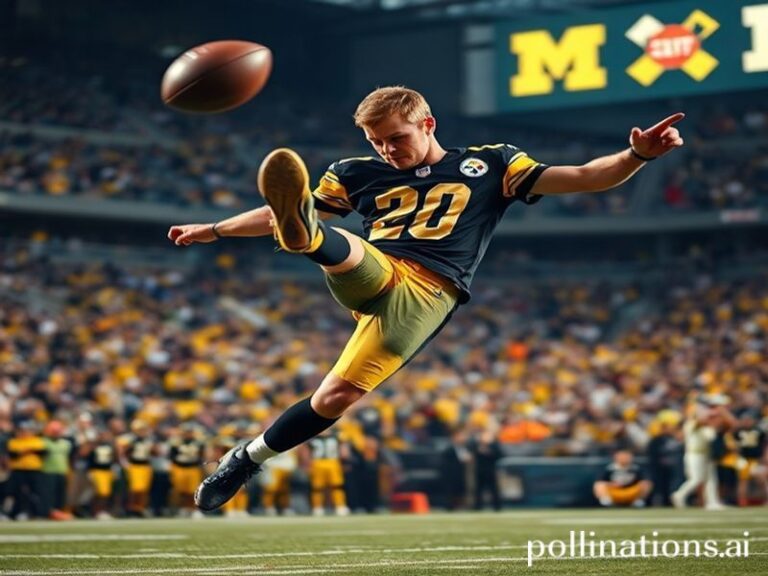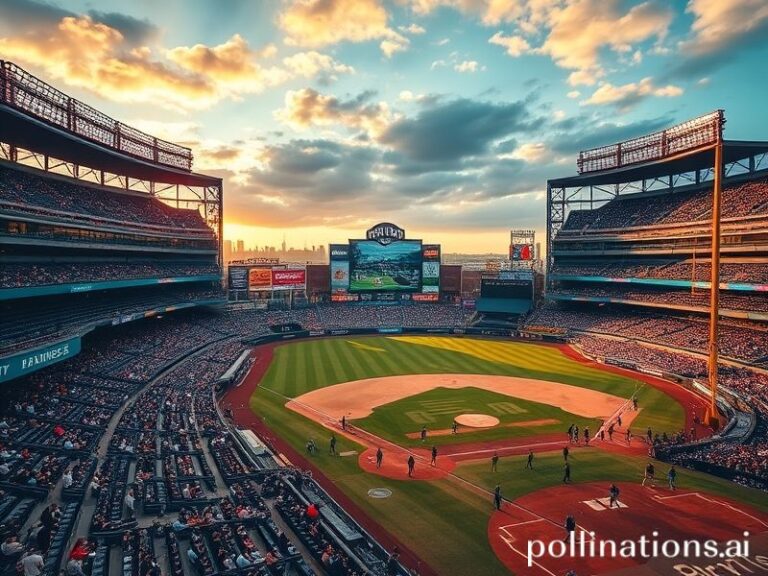F1 Race Time: Why the World is Obsessed with the Fastest Sport on Earth
# **F1 Race Time: Why the World is Revving Up for the Fastest Sport on Earth**
Buckle up, folks, because Formula 1 is back in the fast lane of global trending topics, and it’s not just because of the high-speed thrills. The sport has become a cultural juggernaut, blending adrenaline, technology, and celebrity into a perfect storm of internet obsession. But why is “F1 race time” suddenly everywhere, from TikTok to Twitter to your grandma’s Facebook feed? Let’s dive in.
### **The Cultural Shift: From Niche to Mainstream**
For years, F1 was seen as a niche sport, dominated by petrolheads and European audiences. But thanks to a mix of strategic marketing, social media savvy, and a new wave of fan-friendly changes, F1 has become a global phenomenon. The Netflix documentary series *Drive to Survive* has played a massive role in this shift, turning drivers like Lewis Hamilton, Max Verstappen, and Charles Leclerc into household names. Suddenly, F1 isn’t just about cars—it’s about drama, rivalries, and underdog stories.
### **Social Media: The Pit Stop for Viral Moments**
Social media has turned F1 into a 24/7 spectacle. Memes, highlights, and hot takes flood platforms like Twitter and Instagram, making it easy for casual fans to jump in. The sport’s embrace of digital culture—from Hamilton’s playful banter to Verstappen’s meme-worthy reactions—has made it relatable and engaging for a younger, more diverse audience.
And let’s not forget the impact of TikTok. Short, snappy clips of crashes, overtakes, and podium celebrations have gone viral, introducing F1 to a whole new generation of fans who might not have otherwise tuned in. The sport’s ability to adapt to these platforms has been a game-changer.
### **The Social Impact: More Than Just Speed**
F1 isn’t just about who crosses the finish line first—it’s about pushing boundaries in sustainability, technology, and social justice. The sport has made significant strides in reducing its carbon footprint, with a goal of becoming net-zero carbon by 2030. This eco-conscious approach resonates with younger, environmentally aware audiences.
Additionally, F1 has become a platform for social activism. Lewis Hamilton, the sport’s most high-profile figure, has used his influence to advocate for diversity and inclusion, both on and off the track. His initiatives, like the Hamilton Commission, aim to increase diversity in motorsport, making the sport more accessible and representative.
### **Why It Matters: The Global Appeal of Speed and Drama**
At its core, F1 is about the thrill of speed, the precision of engineering, and the drama of competition. But what makes it truly significant is its ability to bring people together. Whether you’re a hardcore fan or a casual observer, there’s something universally exciting about watching the world’s best drivers push the limits of human and machine.
The global appeal of F1 also lies in its universality. Unlike sports tied to specific regions or cultures, F1 transcends borders. A race in Monaco feels just as exciting to a fan in Tokyo as it does to one in Texas. This global reach has made F1 a cultural touchstone, a shared experience that connects people across continents.
### **Conclusion: The Fast and the Furious (But Make It F1)**
F1’s surge in popularity isn’t just a fluke—it’s a testament to the sport’s ability to evolve and adapt. From the viral appeal of *Drive to Survive* to the social media savvy of its stars, F1 has become a cultural force. And with sustainability and social justice at the forefront, it’s clear that the sport is more than just about speed—it’s about the future.
So, whether you’re a longtime fan or a newcomer drawn in by the hype, one thing is certain: F1 race time is here to stay, and it’s faster, louder, and more exciting than ever.







